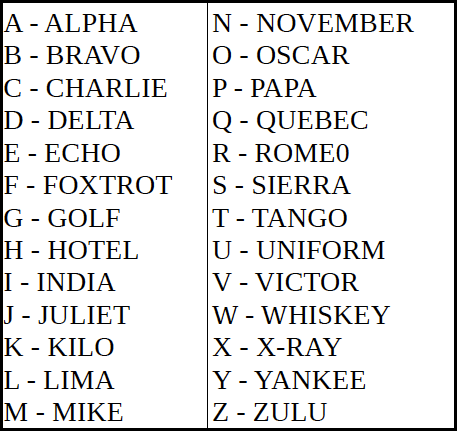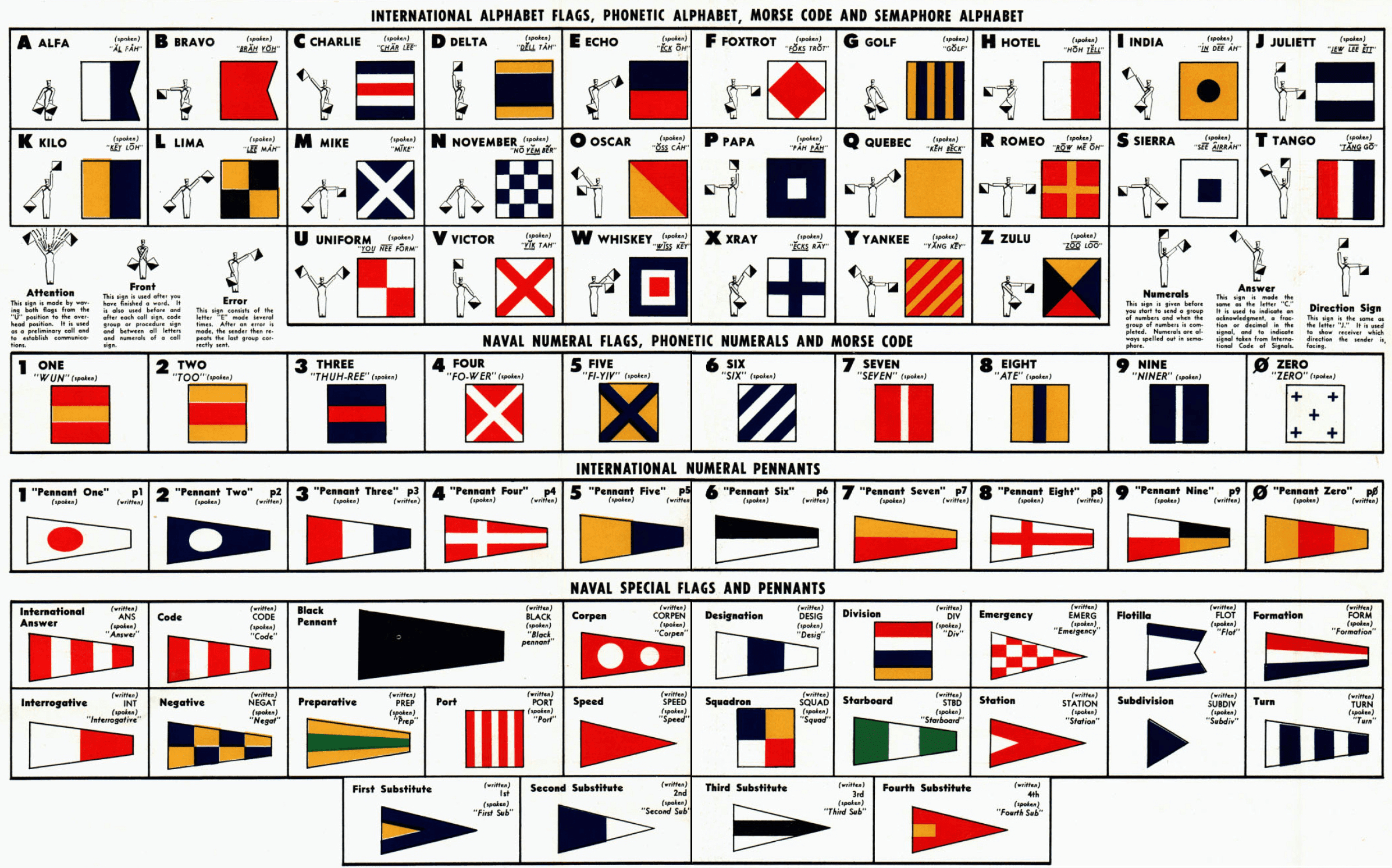


adopted the Joint Army/Navy radiotelephony alphabet to standardize communication among all branches of the U.S. Though the first recognized phonetic alphabet was adopted in 1927, the Military Phonetic Alphabet didn’t come to fruition until World War II. History of the Military Phonetic Alphabet
#Spelling alphabet code pdf#

For example, if directions are being issued to “muster at building DMG,” proper use of the phonetic alphabet would be to say “muster at building Delta-Mike-Golf.” Phonetic Alphabet Uses in Military Missionsīecause many letters in the English language sound similar-as in, “M” and “N” or “B” and “D”-the Military Phonetic Alphabet is crucial to help service members relay mission status, locations, codes, and other important information. It is the same phonetic alphabet NATO uses. The military alphabet is more accurately known as IRSA (International Radiotelephony Spelling Alphabet and was developed by the ICAO (International Civil Aviation Organization) to reduce pronunciation discrepancies during oral radio communications. Other military uses can function as communicating code, slang, or shortcode. The functionality of the Military Phonetic Alphabet is a communication tool for military and civilian people alike, most often used to detail error-free spelling by phone.
#Spelling alphabet code code#
The military phonetic alphabet uses 26 code words to represent each letter of the alphabet.


 0 kommentar(er)
0 kommentar(er)
